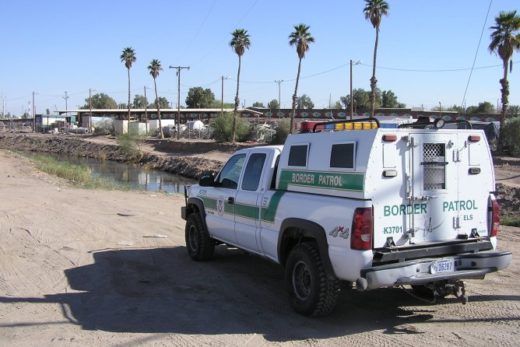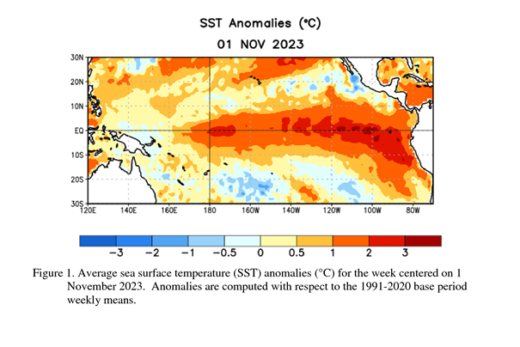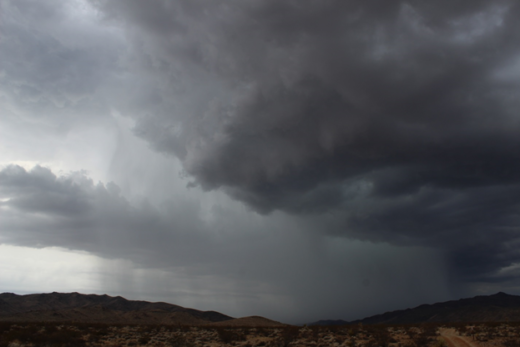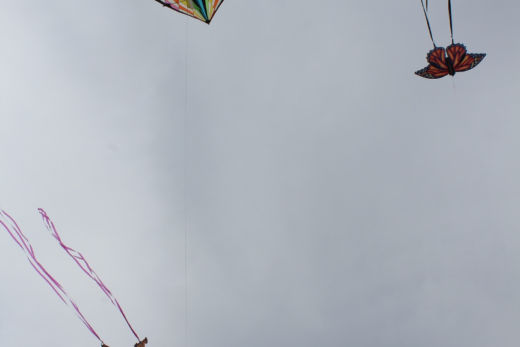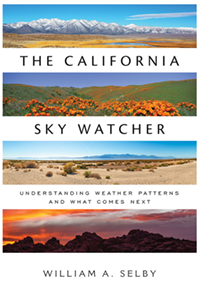Staying on the Intended Tour
Heading back south on Fairfax, turn east on Wilshire toward Koreatown and downtown to continue our intended cultural tour.
For those who stayed with this one-day trip around the world, there are plenty of rewards ahead and you can start with the architectural landmarks (many designated as historical landmarks) along Wilshire that are far too numerous to mention here. Look them up; you won’t be disappointed.
You can start with the Petersen Automotive Museum at the corner of Fairfax and Wilshire (6060 Wilshire). This recent unique and fantastically futuristic architectural remodel (2014) features a metallic “body” around the “chassis”. It is often heralded as the finest automobile museum in the country. At the same intersection, but across the street, note the old May Company Building (6067 Wilshire) that has been reworked and now houses LACMA West as we turn off Fairfax to start our trip east along Wilshire’s Miracle Mile. This Streamline Moderne style landmark was the work of one of L.A.’s most famous architects: Albert C. Martin. It was home to the May Company Department Store from 1939-1992 before it was remodeled. Students of architecture will be further rewarded with the abundance of Art Deco buildings as you travel east on Wilshire. Many of these buildings marked successful efforts to grow L.A. west of its downtown early in the 1900s, attracting folks who preferred less cramped quarters and had the money to pay for them. This architecture often reflects L.A.’s rush to embrace the car culture that helped the city spread far and wide through the 20th Century.

You are now travelling along L.A’s Museum Row that includes The Natural History Museum’s George C. Page Museum (AKA the La Brea Tar Pits) at 5801 Wilshire and the largest art museum in the West (LACMA at 5905 Wilshire). The Tar Pits claim the most extensive collection of well-preserved Ice Age fossils for any one location in the world. Many thousands of years ago, when L.A.’s climate was cooler and wetter, animals would approach the stream that ran through here. They would get caught in the tar that was (and still is) oozing to the surface from oil-rich sediments below. Predators sensed an easy dinner, only to become the latest victims imprisoned by the stinky, pasty goo. Tar and sediment deposits eventually surrounded and preserved all of them. These same tar pits that once presented headaches for developers quickly became famous as the laboratory to study the flora and fauna of Ice Age Los Angeles. Scientists, researchers, and volunteers are still digging, collecting, and discovering.

LACMA is another gem of a stop that can take half of your day. Wander to the back to explore the giant granitic boulder that captivated the imagination of millions as it was transported from its quarry across the L.A. Basin to this site. You might find some pleasant spaces for picnics within these art-is-nature and vice versa opportunities along Wilshire.




Continuing east toward downtown and Koreatown past a host of storied architectural landmarks, you will eventually turn right (south) on Western.
Look for the Wiltern (3790 Wilshire) as you make that right turn. From historical vaudeville theater to 21st Century eclectic and hipster, this is one of the entertainment capital of the world’s most beloved theaters. Though it serves as a busy modern venue for diverse performances and artists ranging from indie to popular culture genres, its art deco design truly reflects “elegance and style simply not found anywhere in today’s modern venues.” The Wiltern was designed in 1931 by L.A.’s oldest architectural firm and has been renovated since. We can thank the Los Angeles Conservancy for making it one of their first and most successful examples of how saving a glorious piece of history from thoughtless demolition (more than once) can evolve into a win-win for everyone in the long term.

